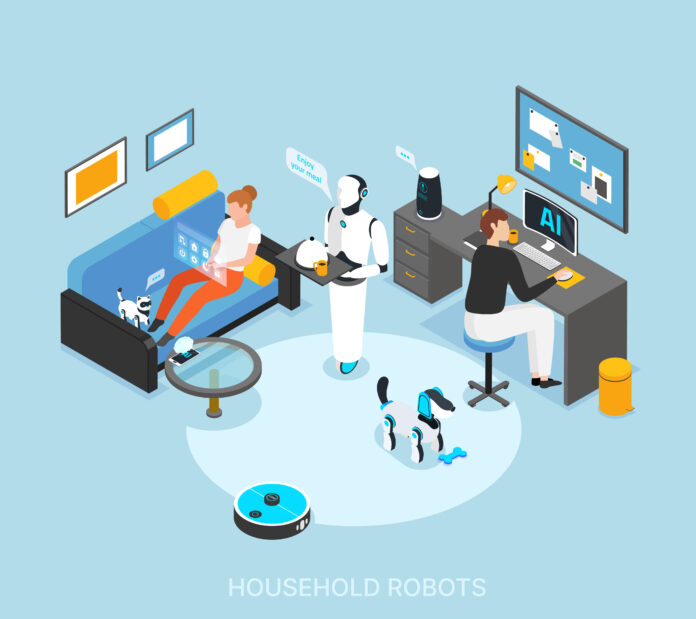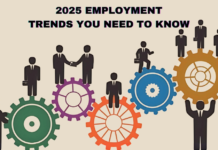
In spite of early apprehension about a robot performing surgery or offering emotional support, they are becoming more and more common in the medical field. There are strong incentives for engineers to create medical robots. Dissimilar to human beings, these industrious devices possessing stable ‘hands’ are able to carry out accurate movements outside of human reach, offering extended patient support. They are excellent at automating menial jobs so that experts can concentrate on more complex work. In order to enhance patient outcomes and care, five robots that are now in use in hospitals and treatment facilities are discussed in this article.
The Impact of Automated Expertise
Would you put your life in the hands of a robot surgeon? What state is your mental health in? The concept of a robot operating on them or providing them with comfort during stressful situations may not sit well with everyone, but in the field of biomedical engineering, interest in and financing for medical robots is growing, and this is leading to a more commonplace experience in the healthcare industry.
Engineers should build medical robots for application in the medical field for several reasons. Robots are relentless, and their “hands” never shake, in contrast to humans. They are able to stay with patients for as long as is required and execute precise actions even beyond the range of motion of a human. Furthermore, they can delegate high-level work to humans while automating repetitive or low-level operations.
Here are five robots that are presently being used in treatment facilities and hospitals to enhance patient outcomes and care quality:
The da Vinci® Surgical Robot
Though unimaginable, it is a fact that over 250,000 Americans lose their lives to medical mistakes every year, some of which may have been avoided. Although there are many different types of difficulties falling under this broad category, it is undoubtedly true that surgeons perform better when they have more control over their procedures. Thousands of patients are benefiting from the less invasive surgery and fewer surgical errors made possible by the multiarmed wonderbot known as the da Vinci Surgical System.
Surgeons can perform a variety of treatments with greater precision thanks to the da Vinci Surgical System. With the aid of controls that are strapped to a surgeon’s hands and wrists and enlarged 3D high-definition vision, the da Vinci System is able to precisely make small incisions that human hands might not otherwise be able to. Because this procedure is less invasive than standard surgery, patients will recuperate more quickly, and surgeons will have more control.
The Xenex Germ-Zapping Robot
Robots have the potential to reduce medical and surgical errors as well as hospital-acquired infections (HAIs), a common issue in healthcare. In 2011, there were 722,000 HAIs in acute care hospitals in the United States, according to the CDC. Because of time limits or the inherent invisibility of germs, hospitals are not always able to maintain 100% sterility in rooms between patients, which frequently results in HAIs. Patients who already have impaired immune systems are more vulnerable to bacterial infections, regardless of the cause.
The Xenex is an automated, portable robot that uses pulsed, full-spectrum UV light to destroy a variety of infectious germs and disinfect entire hospital rooms in a matter of minutes in order to tackle this fundamental issue. By eradicating the microbes that

cause HAIs—which can be especially resistant to treatment—it is intended to lower HAI rates, including Methicillin-resistant Staphylococcus aureus (MRSA). The robot is also sort of charming; it resembles an R2-D2 that is meant to rescue lives.
The PARO Therapeutic Robot
This robot, in contrast to the previous two, is intended to enhance patient care during surgical recovery or treatment for depression or other mental health conditions rather than to actually save lives. The interactive PARO Therapeutic Robot, which resembles a young harbor seal, is intended to offer the advantages of animal therapy without the need for actual animals. While animal therapy is frequently used to reduce patient stress, not all patients can always have access to trained animals. The kind, animal-like PARO is ideal.
It has been demonstrated that PARO helps patients feel less stressed and more at ease, which is why it is frequently utilized with older dementia patients. The fluffy PARO can react to its name, likes to be petted, and gradually creates a lovable, unique personality based on memories of past exchanges. In addition, PARO snoozes, blinks, wags its flippers, and makes amusing noises, particularly for its owner. An added bonus is that it charges by “sucking” on a pacifier-shaped charger.
The CyberKnife
Radiation therapy is applied to malignancies using the Cyberknife robotic surgery equipment with sub-millimeter accuracy. The CyberKnife technology, developed in the 1990s, is currently being utilized at cancer treatment facilities around the United States. The technology is not a knife per se; rather, it is a radiation source installed on a robot that enables a fast-moving, precise radiotherapy beam. It can target a tumor from all sides without requiring the patient to shift, and it can give radiation to both benign and malignant tumors by moving itself at numerous, minuscule angles.
The prostate, head, neck, and liver are just a few of the body parts where cancers that were previously difficult to cure surgically can now be treated thanks to the CyberKnife. In actuality, this “surgery” is non-invasive and reduces the radiation exposure of healthy tissues and organs. Furthermore, although studies on the long-term management of other malignancies have not been conducted, the CyberKnife has demonstrated remarkable long-term efficacy in treating prostate cancer.
The TUG
Even though you might not consider it, moving meals, supplies, and other items throughout the hospital reduces productivity. A typical 200-bed hospital is estimated to move 53 miles a day in terms of food, linens, test results, garbage, and other stuff. The solution is TUG, an autonomous mobile robot created by Aethon Inc. that delivers supplies to the desired location, relieving staff members of strenuous physical labor and enabling them to concentrate on patient care.
To enhance its transportation operations, the University of California, San Francisco Medical Center at Mission Bay deployed 25 TUG robots upon its opening in 2015. In order to make sure they don’t encounter anything on their route to the lab, they are outfitted with a number of sensors and programmed with the layout of the hospital. Additionally, they politely request that people move aside as they enter crowded hallways.
Conclusion
As robots grow more intelligent and sensitive and become more widely used in medical therapy, a whole new world of innovation is available. Although cancer, mental disease, HAIs, and medical blunders have long been seen as unsolvable issues in healthcare, biomedical engineering is assisting in the discovery of novel solutions.





